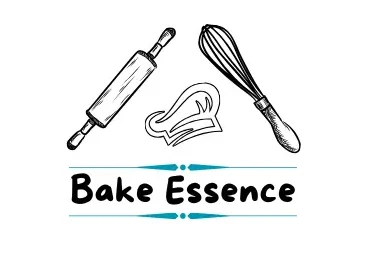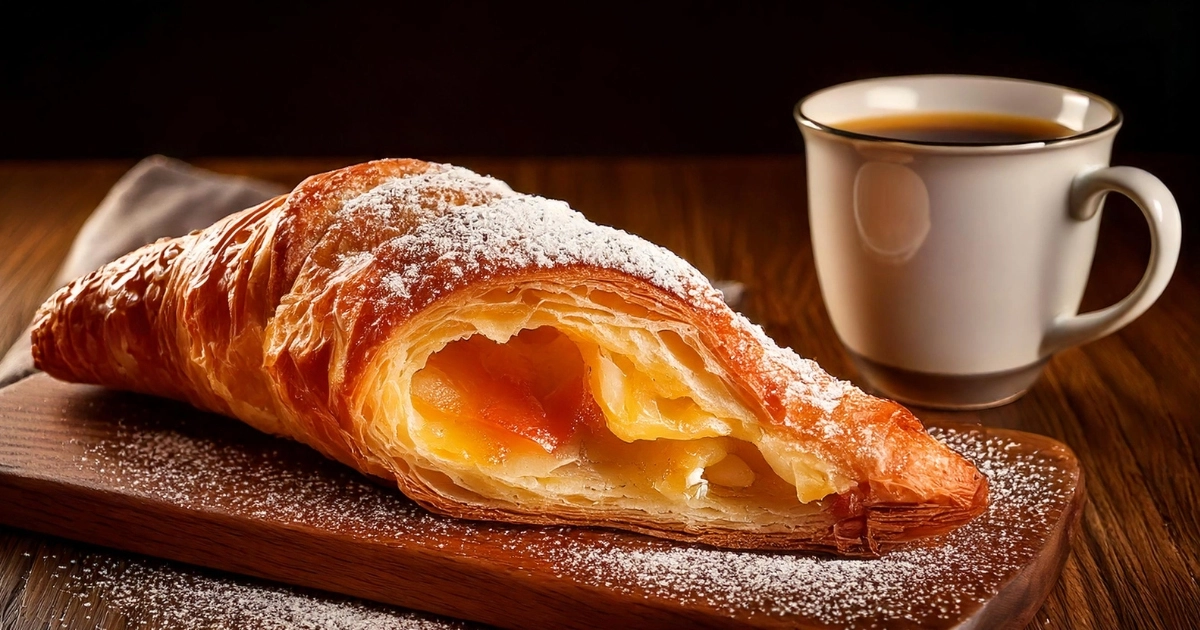The Irresistible Allure of Lobster Tail Pastry
Picture this: a delicate, flaky shell that shatters at the first bite, giving way to a creamy, luscious filling that melts in your mouth. This is the magic of lobster tail pastry—a dessert as unique as its name. Often spotted in Italian-American bakeries, this pastry is a close cousin to the sfogliatella but boasts its own distinct personality. Whether you’ve stumbled across it at a bakery or are hearing about it for the first time, lobster tail pastry is bound to intrigue and delight you.
Table of Contents
A Brief History of Lobster Tail Pastry
The Roots of a Culinary Icon
Lobster tail pastry, known as “aragosta” in Italian, shares a common ancestry with sfogliatella, a traditional Italian pastry originating in Naples. While sfogliatella features a denser, ricotta-based filling, the lobster tail pastry offers a lighter, cream-based alternative, often filled with whipped cream, custard, or even ricotta blends. The name “lobster tail” is a nod to its distinct shape, which resembles the tail of the crustacean.
Italian-American Influence
This pastry gained prominence in Italian-American communities, particularly in the bakeries of New York City and Boston. Over time, it evolved to accommodate American palates, incorporating sweeter fillings and larger portions, making it a staple for celebrations and special occasions.
What Makes Lobster Tail Pastry Unique?
Layers of Perfection
The secret to the lobster tail pastry lies in its meticulously crafted dough. Made from layers upon layers of thin, elastic pastry, it’s a labor-intensive process that creates the signature flaky texture. Each bite offers a satisfying crunch, followed by the rich creaminess of the filling.
Versatile Fillings
While traditional recipes use custard or sweetened ricotta, modern variations include:
- Whipped Cream: Light and airy, perfect for those who prefer less sweetness.
- Chocolate Ganache: A decadent twist for chocolate lovers.
- Fruit Compote: Adds a tangy contrast to the sweet, flaky shell.
A Feast for the Senses
From its golden, crispy exterior to its creamy, aromatic filling, lobster tail pastry is a treat for all your senses. The combination of textures and flavors makes it an unforgettable experience.
Essential Ingredients and Tools for Lobster Tail Pastry
Ingredients
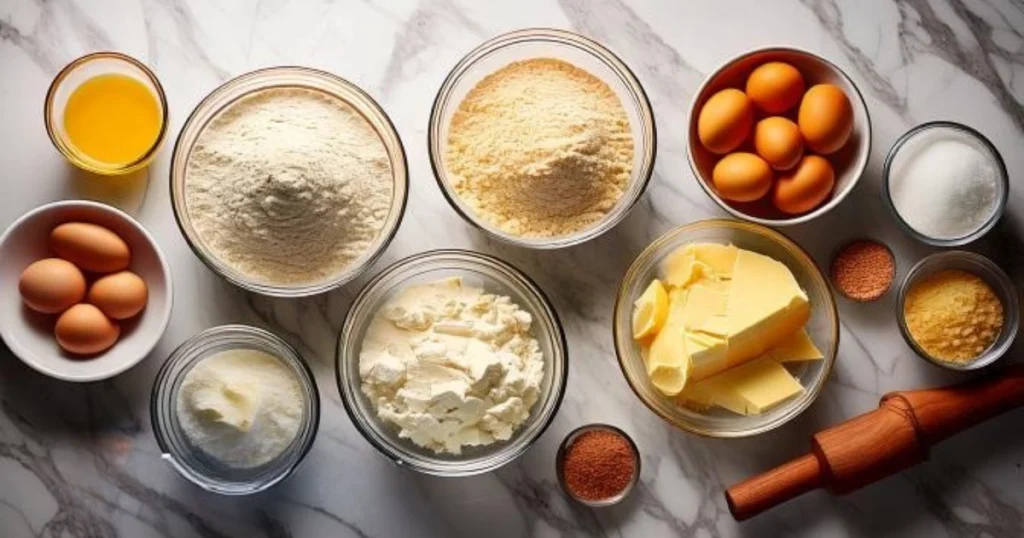
| Ingredient | Quantity |
| All-purpose flour | 2 cups |
| Unsalted butter | 1/2 cup |
| Granulated sugar | 1/4 cup |
| Water | 3/4 cup |
| Salt | 1/4 tsp |
| Heavy cream | 1 cup |
| Vanilla extract | 1 tsp |
| Powdered sugar | For dusting |
Tools
- Rolling pin
- Pastry brush
- Baking sheet
- Parchment paper
- Mixing bowls
- Whisk
Having the right tools and high-quality ingredients is crucial for creating the perfect lobster tail pastry.
Step-by-Step Guide: How to Make Lobster Tail Pastry
1. Preparing the Dough
- Mix the Ingredients: In a large bowl, combine flour, sugar, and salt. Gradually add water while mixing until a dough forms.
- Knead and Rest: Knead the dough until smooth, then wrap it in plastic wrap and let it rest for 30 minutes.
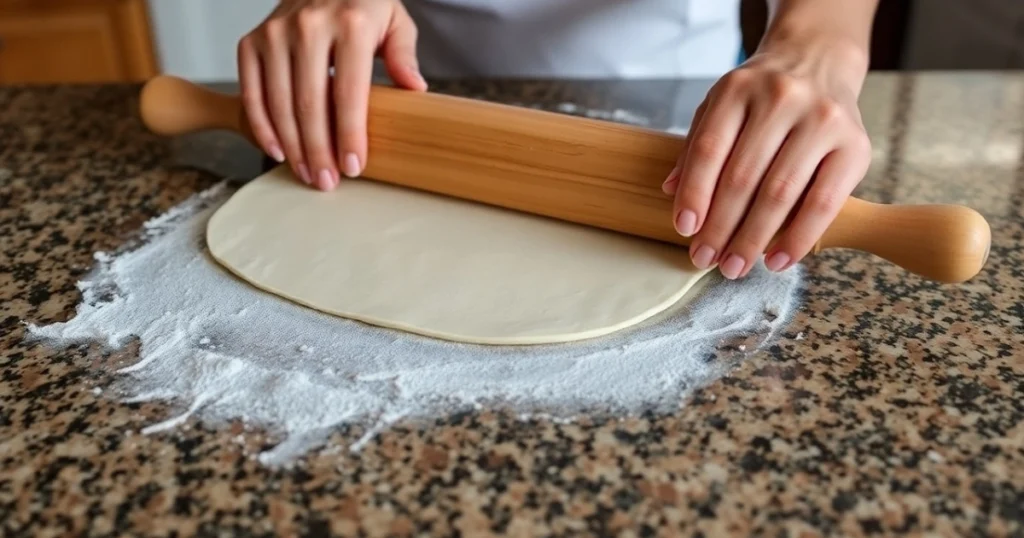
2. Creating the Flaky Layers
- Roll and Butter: Roll out the dough into a thin sheet. Spread softened butter evenly across the surface.
- Layer and Roll: Fold the dough over itself several times, rolling it out between each fold. This creates the signature layers.
- Chill the Dough: Refrigerate the dough for at least 1 hour to firm up.
3. Shaping the Lobster Tails
- Cut and Shape: Cut the dough into strips and shape each into a cone, resembling a lobster tail.
- Fill the Pastries: Use a piping bag to fill the pastries with your chosen cream or custard filling.
- Seal and Bake: Seal the edges, place on a parchment-lined baking sheet, and bake at 375°F for 20–25 minutes, or until golden brown.
Pro Tips for Perfect Lobster Tail Pastry
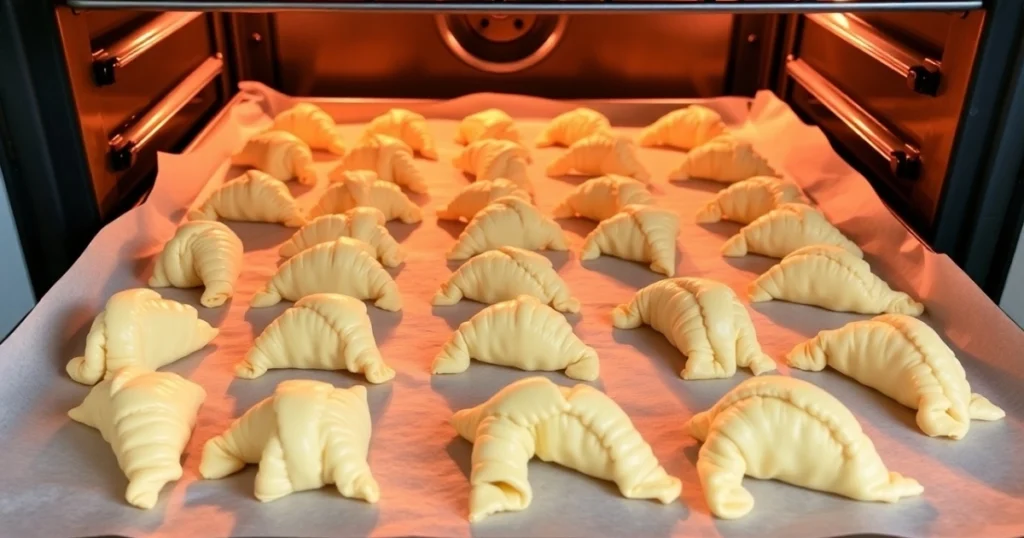
- Chill Your Tools: Keep your rolling pin and butter cold to prevent the dough from becoming too sticky.
- Don’t Overfill: Overfilling can cause the pastries to burst during baking.
- Experiment with Fillings: Try savory options like spinach and cheese for a unique twist.
Storing and Serving Suggestions
Storage
- Room Temperature: Store in an airtight container for up to 2 days.
- Refrigeration: Extend freshness by storing in the fridge for up to 5 days.
- Freezing: Freeze unfilled pastries for up to 3 months.
Serving Ideas
- Dust with powdered sugar for a classic finish.
- Serve with fresh berries or a drizzle of honey for added flavor.
- Pair with espresso or a dessert wine for a truly Italian experience.
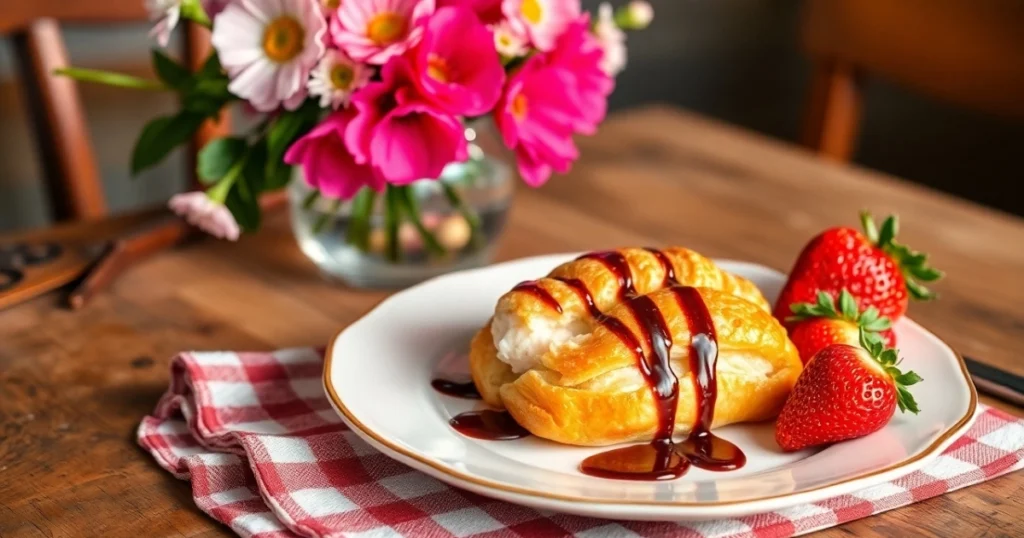
Why You Should Try Making Lobster Tail Pastry
Making lobster tail pastry at home is a rewarding experience that allows you to customize flavors and fillings. It’s a show-stopping dessert that will impress your family and friends, whether it’s served at a dinner party or enjoyed as a weekend treat.
FAQ: Everything You Need to Know About Lobster Tail Pastry
What Is Lobster Tail Pastry?
Lobster tail pastry is a flaky, layered dessert filled with cream or custard, resembling the tail of a lobster.
Is Lobster Tail Pastry Difficult to Make?
While it requires some effort, following a step-by-step guide makes the process manageable for home bakers.
What Fillings Can I Use?
Traditional fillings include custard and whipped cream, but you can experiment with chocolate, fruit compotes, or savory options.
How Should I Store Lobster Tail Pastry?
Store in an airtight container at room temperature for up to 2 days, or refrigerate for up to 5 days. Unfilled pastries can be frozen for longer storage.
Can I Make Lobster Tail Pastry in Advance?
Yes, you can prepare the dough and freeze it or bake the shells ahead of time and fill them just before serving.
With its rich history and irresistible flavor, lobster tail pastry is more than just a dessert—it’s an experience. Whether you’re indulging in one from a bakery or crafting your own at home, it’s a treat that’s worth every bite.
